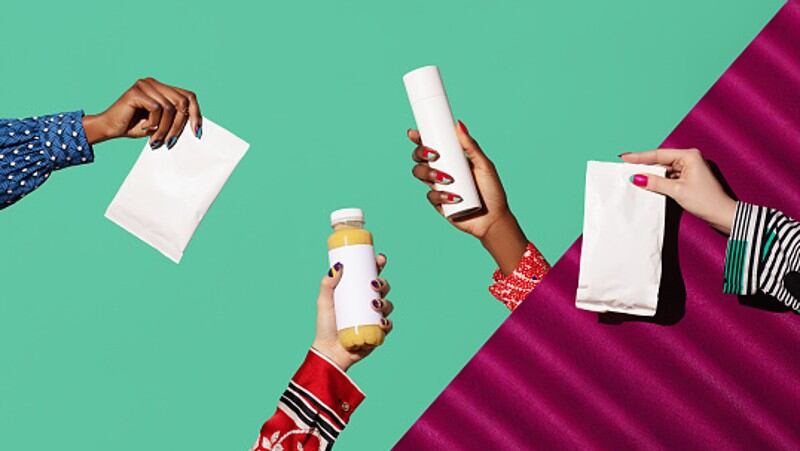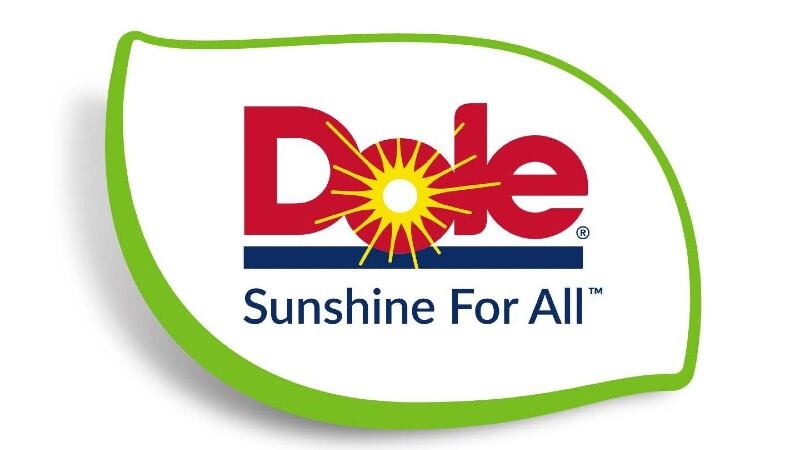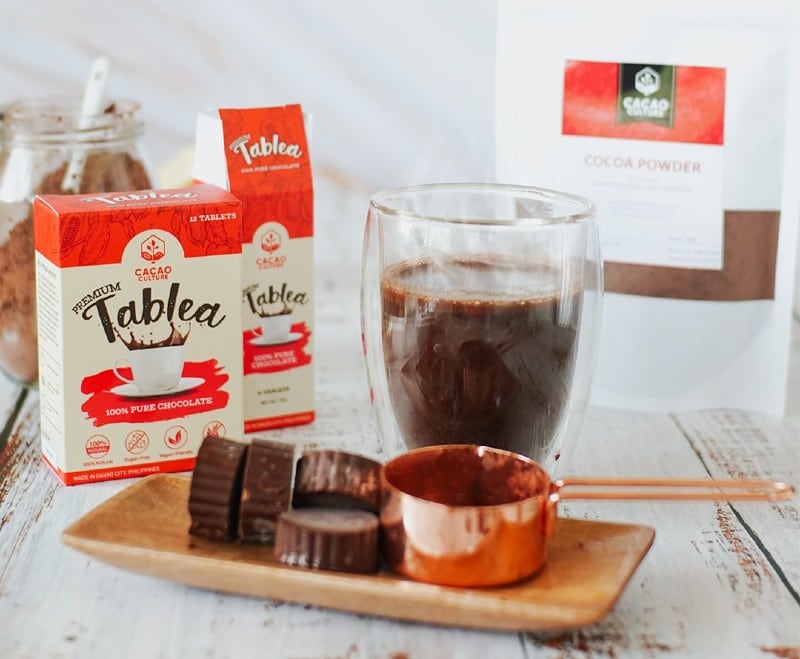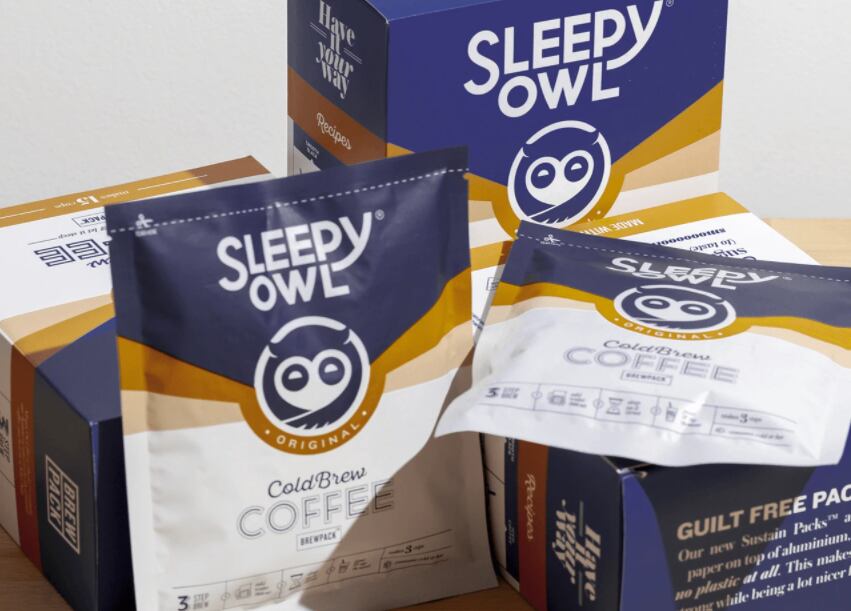China’s State Administration for Market Regulation (SAMR) recently launched the new regulations dubbed ‘Requirements of Restricting Excessive Package – Foods and Cosmetics’ in conjunction with the Ministry of Industry.
These regulations are said to apply to 31 categories of food products including grains, edible oils, flavourings, meat-based products, dairy products, beverages, convenience foods, biscuits, canned foods, frozen beverages, snacks, confectionery, tea, alcohol, cocoa-based products and more.
For cosmetics, 16 categories of products were also highlighted including liquid-based products for hair care and skin care, lotions, powders, sprays, waxes, toothpastes and more.
However, given that one of the categories for food is ‘all other food products’ and for cosmetics is ‘all other cosmetic products’, these regulations can be said to apply to just about all food and cosmetics products in China.
“Packaging is important to protect and beautify food and cosmetic products in addition to guiding consumption and increasing value [but]at present, we have found that various food and cosmetics companies on the market are using excessive packaging to pursue high profits, resulting in impacts to the environment and unnecessary wastage,” SAMR Deputy Director for Standards and Technology Chen Hongjun said in a formal statement.
“Some of the main issues at present are the use of too many packaging layers, an excessive amount of empty space inside the packages, and high costs as a result of packaging which are far beyond the basic requirements of the packaging functions.
“Research has shown that packaging waste in China currently accounts for some 30% to 40% of local domestic waste, and most of this is caused by this excessive packaging, hence it is important to solve this issue to reduce waste of resources, energy, consumer burden and impacts to the environment.”
The new regulations now specify in great detail requirements for the volume of empty space allowed in a pack, the number of packaging layers allowed, and also the value of costs allowed to be spent on this.
Calculation methods
Manufacturers of all packaged grains and grain-based products are limited to using no more than three layers of packaging, e.g. for individually wrapped oat snacks the first layer can be the wrapping around one snack, the second layer can be the wrapping around the total number of snacks in the overall pack, and a final third layer with the product brand name can be added as an outer layer.
All other products are allowed to use not more than four layers of packaging. So for instance for moisturiser, the bottle containing it is the first layer, then a second stabilising layer, a third external layer and a fourth final outer layer with the brand name are allowed.
As for the volume of empty space allowed in the packaging of all products, this is determined according to the volume of the actual product. The packaging of products that are 1g or 1ml or less are allowed a maximum of 85% or less of empty space; products between 1g and 5g are allowed a maximum of 70% empty space; products between 5g and 15g are allowed a maximum of 60% empty space; products between 15g and 30g allowed a maximum of 50% empty space; products between 30g and 50g allowed a maximum of 40% empty space; whereas products above 50g can have a maximum of 30% empty space in the box or bag.
To calculate this percentage, coefficient numbers have been specified for each of the 31 food categories and 16 cosmetics categories, which firms will need to plug into a specific formula provided by SAMR based on their product categories.
SAMR has also specifically stated that the amount of money firms are allowed to spend on product packaging must not exceed 20% of the product’s retail price, although the first layer that comes directly into contact with the product itself can be excluded from this calculation.
The regulations will start to be formally enforced on September 1 2023 so all food and cosmetics companies have until then to make the relevant transitions.





